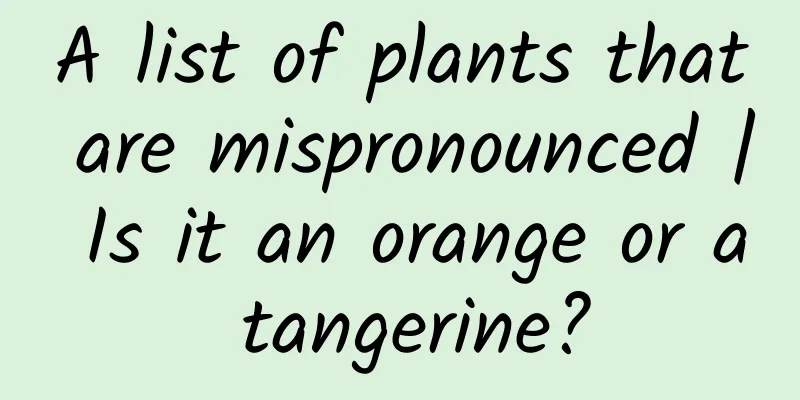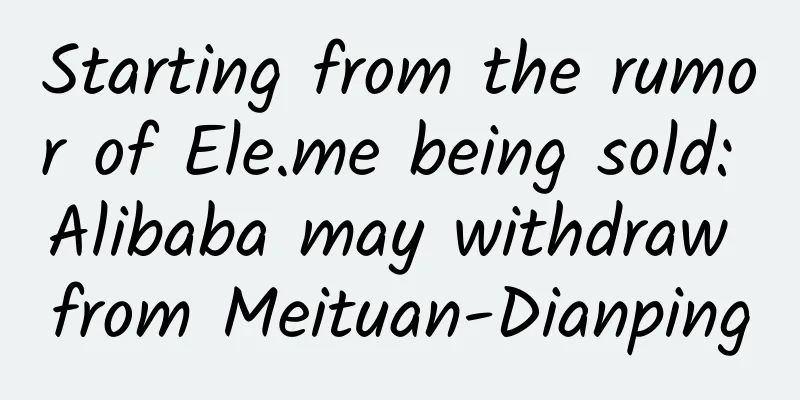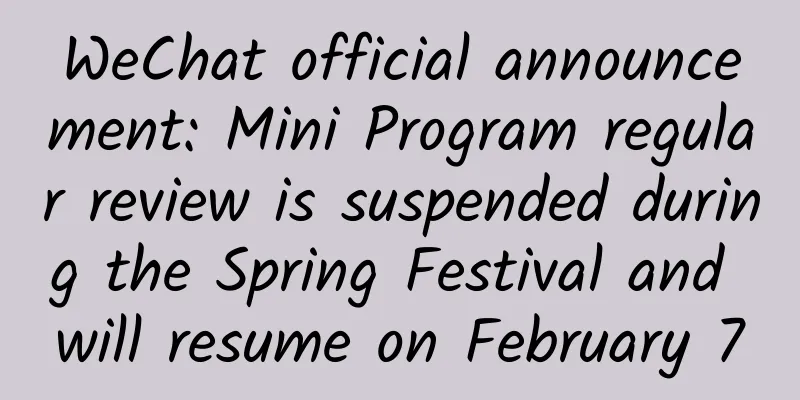A list of plants that are mispronounced | Is it an orange or a tangerine?

|
The Chinese names of plants are like refined codes, containing rich information such as their origin and morphological characteristics, without lengthy descriptions in biological terms. However, given the profound heritage and long history of Chinese characters, plant names have undergone many changes over the long years. To this end, Tadpole Music specially invited Mr. Wei Deyong from the Shenzhen Writers Association to conduct an in-depth analysis of those common but easily mispronounced or misread plant names from multiple dimensions such as their naming origins, biological characteristics, and historical evolution. 0 1 Oranges vs. tangerines Orange is one of the most popular fruits. It not only contains vitamin C, which is essential for the human body, but also is rich in potassium, carotenoids, hesperidin and other nutrients that are beneficial to human health. In the cold winter when fresh fruits are scarce, oranges have become a regular on people's tables with their friendly and pleasant image. However, from bustling markets to supermarkets with a wide variety of products, to fruit stalls on the streets, people often see "oranges". Some people even recall that the word "orange" was printed on their textbooks during their school days. Is it "orange" or "tangerine"? This question must have troubled many people, and there is still no clear answer. In fact, "ju" and "tangerine" have been terms used to distinguish two different plants since ancient times. However, over time, in daily spoken language and folk communication, people gradually regard "juzi" and "orange" as interchangeable names. However, in formal writing, standardized text or situations that require rigorous expression, it is recommended to use "橘子" to conform to standard language specifications. 0 2 Orange, a fruit name that has been used for more than 2,000 years Oranges are the fruits of the evergreen tree, which belongs to the genus Citrus in the family Rutaceae of the dicotyledonous plants. They are widely distributed throughout the world and have a cultivation history of thousands of years in China. The most famous record about oranges in the pre-Qin period is "The Spring and Autumn Annals of Master Yan·Inner Chapters": "Oranges grown in the south of the Huai River are oranges, while those grown in the north of the Huai River are sour oranges...because the water and soil conditions are different." This means that oranges grown in the south of the Huai River are oranges, but when moved to the north of the Huai River, they become sour oranges because the water and soil conditions are different. The first dictionary in my country, Shuowen Jiezi, says: "The fruit comes from the south of the Yangtze River, the tree is green and it grows in winter." This means that oranges are native to the cold winter area of the south of the Yangtze River. With the evolution of history, oranges have gradually become a part of people's daily life. Oranges from the south are not as good as those from the north Among later scholars, there are many who have conducted in-depth research on oranges and orange trees. The most outstanding representative is Han Yanzhi, the prefect of Yan'an Prefecture in the Southern Song Dynasty. He is the eldest son of Han Shizhong, a famous general who fought against the Jin Dynasty. His book "Ju Lu" is considered to be the first monograph dedicated to citrus in China and even in the world. The book not only identifies and classifies citrus fruits in detail, but also carefully sorts out their "family tree". The book records in detail 14 kinds of tangerines, 8 kinds of mandarins and 5 kinds of oranges, a total of 27 varieties, showing the richness and diversity of the citrus world. Oranges are not only delicious and edible, but also have medicinal value. Li Shizhen, a physician in the Ming Dynasty, recorded in his Compendium of Materia Medica: "Oranges are small, with slightly sour petals, thin red peel, and a spicy and bitter taste." However, if history had continued along this trajectory, the word "orange" might never have appeared. But an accidental record by a person in the early Qing Dynasty quietly changed this trajectory. 0 3 Orange, by chance, became a word for fruit Qu Dajun was not only a famous poet, scholar, and anti-Qing and restorationist in the late Ming and early Qing dynasties, but also a scientist. His masterpiece, Guangdong New Language, records in detail the astronomy, geography, economics, customs, and personalities of Guangdong. It is rich in content and has extremely high historical and academic value, and is known as the "Encyclopedia of Guangdong". Book cover of "Guangdong New Language" Qu Dajun liked to eat citrus fruits produced in Sihui City, Guangdong, and recorded them in "Guangdong New Language·Wooden Language". Considering that Guangdong people like to say "orange" as "juzi" for good luck, he wrote: "There is also tangerine, which is also a kind of tangerine. The tangerine is small and sweet, with loose skin, and the skin is red and does not stick to the flesh." At the same time, he also recorded sugar orange, honey orange, four-season orange, and New Year orange. Although the character has changed, the pronunciation remains the same, and "ju" is still pronounced "jú". After the publication of "Guangdong Xinyu", some literati and scholars frequently wrote "orange" as "juzi" in their poems and articles. This change led to the difference between the two regional names: in southern regions such as Fujian and Guangdong, people are accustomed to calling it "orange", while northern provinces and places such as Hunan prefer to use "orange". This difference in writing habits between the north and the south provides a realistic basis for modern writers to mix "橘子" and "桔子" in their works. For example, Mao Zedong used the word "桔" in his 1925 poem "沁园春·长沙" and Zhu Ziqing's 1930 essay "背影"; while Bing Xin used "桔" in her 1957 essay "小桔灯". It is worth mentioning that "Little Orange Lantern" was selected into the junior high school Chinese textbook, which had a profound impact on several generations of readers. This is a later story, but it is enough to witness the power and charm of language change. 0 4 Interlude, "桔" has become the simplified Chinese character for "桔" After the founding of the People's Republic of China, in order to strengthen literacy and improve the cultural quality of the whole people, four batches of simplified traditional characters were successively implemented. The effect of the first few batches was very obvious. For example, characters such as 里 (li), 礼 (li), 丽 (li), 离 (li), etc. became easier to write and relatively easy to recognize. However, in the later period of simplification, the promotion of Chinese characters fell into the misunderstanding of "the simpler the better". In 1977, the Chinese Character Reform Committee proposed a simplified Chinese character plan in the "Second Chinese Character Simplification Plan (Draft)", which clearly wrote eggs as "jidan", parking as "dingche", and "orange" as "juzi". Obviously, this simplification has brought a huge impact on the inheritance of Chinese cultural heritage and has been resisted by many old scholars and professors. In 1986, the Second Chinese Character Simplification Scheme (Draft) was publicly abolished in the document "Second Chinese Character Simplification Scheme and Correction Notice". Despite this, people's enthusiasm for using "桔" instead of "桔" has not subsided, and the text "Little Orange Lantern" which uses the character "桔" throughout the text has also fueled people's enthusiasm, until now there is a phenomenon of people using "桔" and "桔" interchangeably. 0 5 The truth is, "Orange" and "Orange" are completely different In fact, since ancient times, "ju" and "ju" have referred to two completely different plants in botany. The correct pronunciation of "ju" is jié, which is often seen in the word "gao genus". From the perspective of biological classification, gao genus belongs to the genus gao genus of the family campanulaceae of the order chrysanthemum. Its native place is mainly in Asia, and later gradually spread to Europe and other places. "Shuowen Jiezi·Mubu" records: "Plantago, the name of a medicine, is derived from the auspicious sound of "mu", and is also called "zhimu". Li Shizhen described it in more detail in "Compendium of Materia Medica": "The root of this grass is firm and upright, so it is named Platycodon." Platycodon grandiflorum has three main uses: First, it is edible . It is one of the wild vegetables that the Korean people love very much. There is even a folk song called "Platycodon Ballad", which vividly depicts the hardworking and lively image of Korean girls with its brisk and bright melody. Second, it is for medicinal purposes . Platycodon has been listed by the state as the first batch of Chinese medicinal materials that can be used as both medicine and food. It has many functions such as clearing the lungs, relieving sore throat, removing phlegm, and discharging pus. Third, it is for viewing . Platycodon flowers are blue-purple, with beautiful shapes and quiet and elegant colors. As an ornamental plant, it is widely planted in parks and courtyards around the world. Beautiful platycodon flowers "桔" is the legitimate word for fruit, and "橘子" is the traditional character used in all formal documents or formal occasions. This has been officially clarified by the country. The "List of Commonly Used Characters in Modern Chinese" jointly issued by the National Language Commission and the State Education Commission in 1988 includes "橘子" instead of "桔子"; the latest "Common Standard Chinese Character Dictionary" (fourth edition) stipulates that "桔 cannot be simplified to 桔", and the "桔" character radical only has one sound, jié (桔梗), and no jú. Screenshot of the text of the "General Standard Chinese Character Dictionary" (4th edition) It is worth mentioning that if you type “Little Orange Lantern” into Baidu and other platforms for an online search, “Little Orange Lantern” will automatically pop up; most of Bing Xin’s works published after 2015 are titled “Little Orange Lantern”. "Little Orange Lantern" published by People's Posts and Telecommunications Press in 2017 In summary, "桔子" is the colloquial form of "橘子", or a local name, and is definitely not a simplified character. In order to correctly inherit Chinese culture, I hope everyone will write it as "橘子". |
<<: The hydrogen cup can produce hydrogen water, and drinking it can prevent cancer? The truth is...
>>: What would you most like to do if it snows? Do science popularization! | Expo Daily
Recommend
Artificial Intelligence in AR
In March this year, the Shanghai Municipal Commis...
Urgent reminder! Don’t wear yellow or green clothes when going out!
Since the spring In addition to the flying catkin...
Internet celebrity fox died in the snow? Stop feeding wild animals!
On December 26, the topic "Internet celebrit...
Madam, can you do some erotic art?
Have you seen these two emoticons recently? Color...
Beijing cracks down on ride-hailing services: the straw that breaks the camel's back?
Following Guangzhou and Chengdu, traffic manageme...
How to acquire accurate users and achieve maximum conversion through SEO, SEM and WeChat public account operation
How to use SEO technology to double the website&#...
A brief analysis of the key points of Double 11 project operation and promotion!
When it comes to Double 11, I believe everyone is...
The origin is: What is SEO thinking? What is the significance of this idea for website optimization?
How to define "SEO thinking" Generally ...
Analysis of the effectiveness of LV’s live broadcast on Xiaohongshu!
Compared with the effect of LV’s live broadcast o...
iPhone 6 fingerprint recognition has a loophole: fake fingerprints can unlock the phone
Security Research Labs from Berlin, Germany recen...
As smartphones have developed to this day, I increasingly want to go back to the Nokia era
To be honest, the development speed of smartphone...
Benxi Mini Program Franchise Company, how much does it cost to join a travel products mini program?
How much does it cost to join the Benxi Travel Su...
World Obesity Day | Forward! You can lose weight by eating this way without going hungry
Today is China Obesity Day and World Obesity Prev...
Is the virus strain prevalent in Beijing more virulent than that in Guangzhou? Authoritative interpretation →
The new coronavirus variants currently prevalent ...









